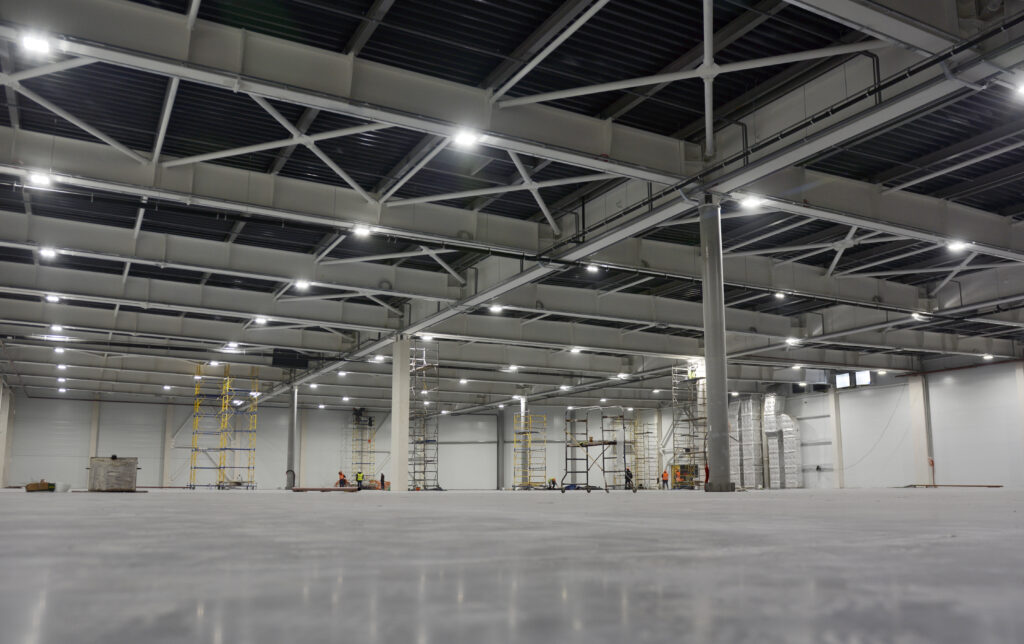
One of the first steps in planning and building a commercial building is deciding whether or not the project will be a gray or vanilla shell. Gray shell construction describes a commercial construction project with a fully complete exterior but an incomplete interior. On the other hand, vanilla shell construction refers to a fully completed building on the exterior and interior. This article will break down gray shell construction and focus on its advantages.
What is Gray Shell Construction?
You just learned that gray shell construction refers to an unfinished interior of a building. As a new building owner, you must choose everything from the HVAC to the amenities. Your commercial construction team can work with you to ensure your building is complete to spec. Starting with a blank slate allows for greater customization to suit your business needs.
What Are The Advantages of Gray Shell Construction?
Customization and Design Control
Since gray shell construction doesn’t include finishes, building owners and tenants can customize the interior to fit their needs. Design control can also lead to cost savings, especially if you don’t require retrofitting to meet your business needs. This flexibility is much more appealing to potential buyers or renters.
Cost Savings
Compared to a full-scale building, gray shell construction has lower upfront costs. You don’t have to worry about expensive HVAC or interior finishes like flooring or lighting. This saves building owners and developers a lot of money on construction costs, which they can invest in other project areas.
Because gray shell buildings also have minimal to no interior finishes, ongoing maintenance costs are less. Owners don’t have to worry about costly interior finishes, and tenants can customize and maintain their spaces.
Expedited Turnaround Time
A building with a pre-constructed exterior often results in faster availability than a typical ground-up construction project. This quicker turnaround is a major advantage for businesses eager to get up and running without being held up by construction delays that can be costly.

Energy Efficient/Green Building
Grey shell buildings have more flexibility to incorporate energy-efficient features such as insulation, windows, and HVAC systems. Property owners and tenants can choose these energy-efficient options during the fit-out phase, potentially reducing long-term energy costs.
Many companies are “going green” with their daily operations. The ability to add energy efficiency into their process at a reduced cost can attract many prospective buyers and renters. As a bonus, not having to retrofit their business operations reduces wasted materials from remodeling.
Tax Incentives
Grey shell construction projects may qualify for certain tax incentives or deductions, especially if the project aligns with the area’s economic development or revitalization goals. Property taxes are assessed on a building’s completed value. Since gray shell buildings have lower initial construction costs and may not be assessed for interior finishes until later, property owners may benefit from lower property taxes during construction.
Grey shell construction offers cost-saving benefits and customization options for property owners and developers. It can reduce initial construction expenses, ongoing maintenance, and construction timelines. Additionally, it allows for energy-efficient design and potential tax advantages. As gray shell construction provides a blank canvas, potential buyers and renters can easily customize the space to meet their needs and preferences. Developers and property owners should consider these advantages when planning their projects.
For help planning your gray shell or other construction projects, contact Division 9 Commercial Construction.
